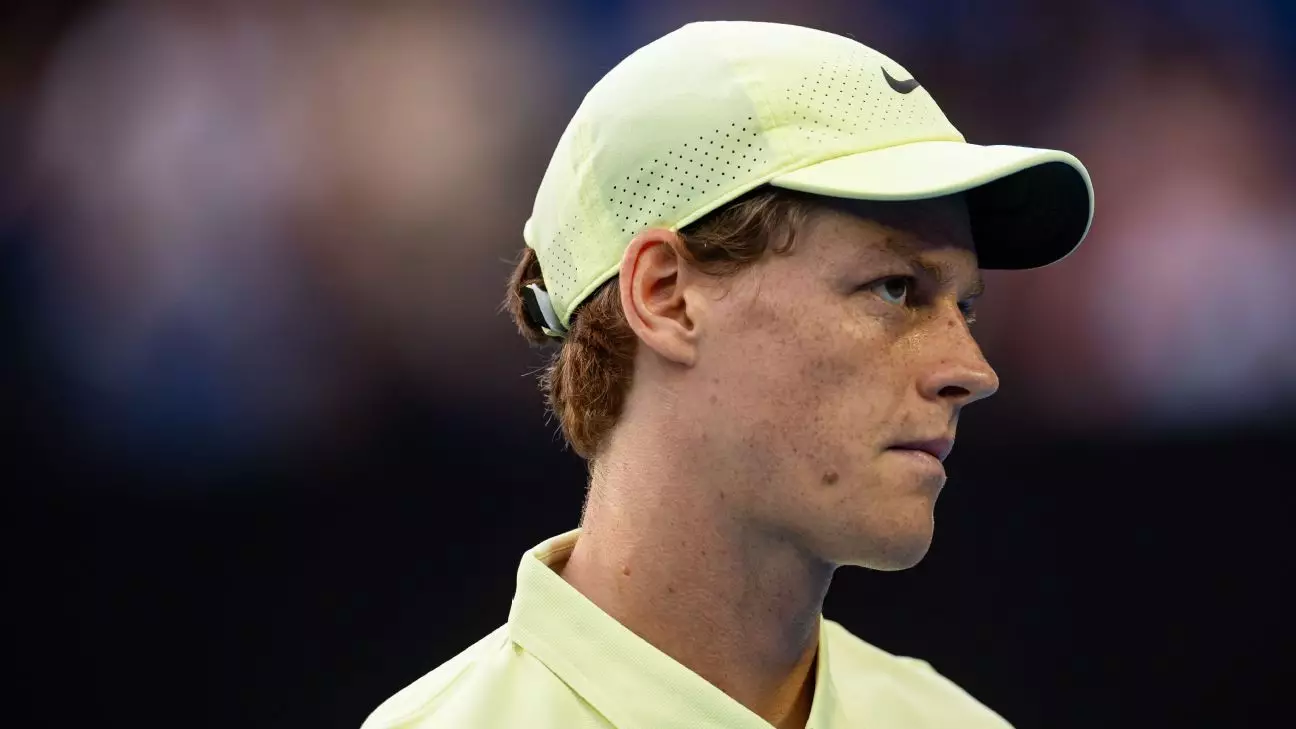The world of sports is not just about athletic prowess; it also involves accountability and integrity. Recent developments surrounding Italian tennis sensation Jannik Sinner illuminate the intersection of talent and controversy. Sinner’s nomination for the prestigious Laureus World Sportsman of the Year award was withdrawn recently due to a three-month ban linked to two positive doping tests. This decision has stirred conversations regarding the implications of doping allegations on athletes’ legacies and recognition.
Sinner’s case is particularly noteworthy as it encapsulates the complexities of doping regulations in athletics. The withdrawal decision was announced by the Laureus World Sports Academy chairman Sean Fitzpatrick, who emphasized that the ban, even if resulting from extenuating circumstances, made Sinner ineligible for this distinguished nomination. The three-month suspension stems from a settlement between Sinner and the World Anti-Doping Agency (WADA), creating a complex narrative that dives deep into the challenges surrounding drug testing and athlete protection.
WADA initially sought a more stringent punishment for Sinner, calling for a one-year suspension due to accusations of accidental contamination from Clostebol, an anabolic steroid. This intricate situation raises fundamental questions about the processes involved in doping cases, where an athlete’s career could be endangered based on factors sometimes outside their control. Sinner’s claim that his positive test resulted from a trainer’s use of the substance during a massage is a poignant reminder of the unpredictable nature of professional sports.
The response from the sporting community has been one of mixed emotions. While many fans and analysts sympathize with Sinner, recognizing the unfortunate circumstances that led to this outcome, others argue that maintaining stringent regulations is vital for fairness in sports. The debate about whether the severity of the sanction corresponds with the nature of the offense underscores a broader discourse on doping and its repercussions in professional leagues.
Furthermore, it is essential to acknowledge that Sinner’s doping violation will not affect his participation in major tournaments such as the French Open, which commences on May 25. This detail proves crucial, as it alleviates some concerns regarding his competitive future while simultaneously serving as a reminder of how quickly the tables can turn in elite sports.
With nominees for the upcoming Laureus awards set to be announced soon in Madrid, Sinner’s case serves as a stark reminder of the vigilance required in modern athletics. The decisions surrounding doping accusations highlight the necessity for clarity and fairness within the systems designed to protect the integrity of sport. As Sinner continues to navigate the path ahead, the focus will surely shift to how such cases are handled in the future to ensure that honor and fairness remain at the forefront of athletic recognition.
The conversation surrounding Jannik Sinner’s withdrawal will likely resonate well beyond the tennis court, prompting discussions on how athletics can evolve in response to modern challenges. The fundamental question remains: How can sports maintain integrity while safeguarding the reputations and careers of its athletes?

